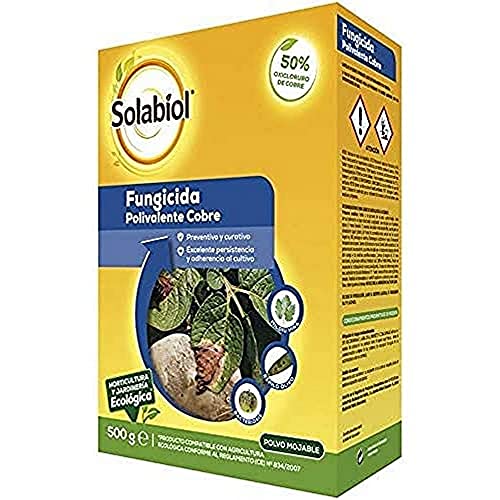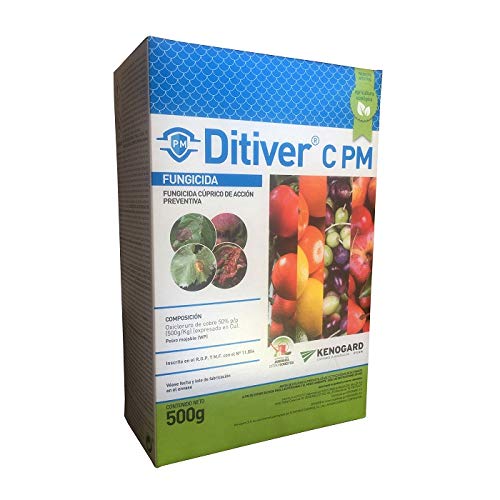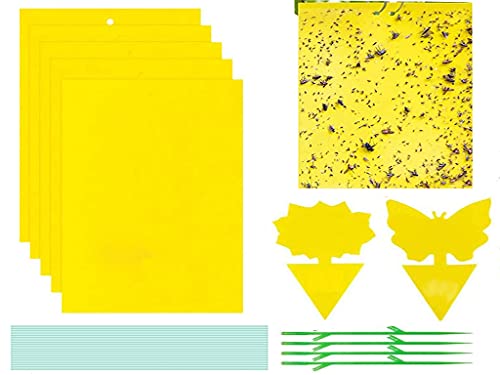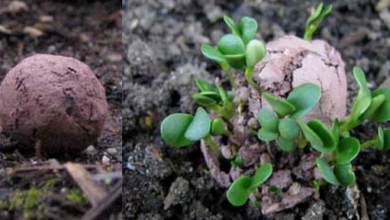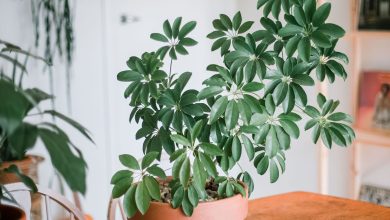Moringa Pests and Diseases: How to Identify and Treat Them
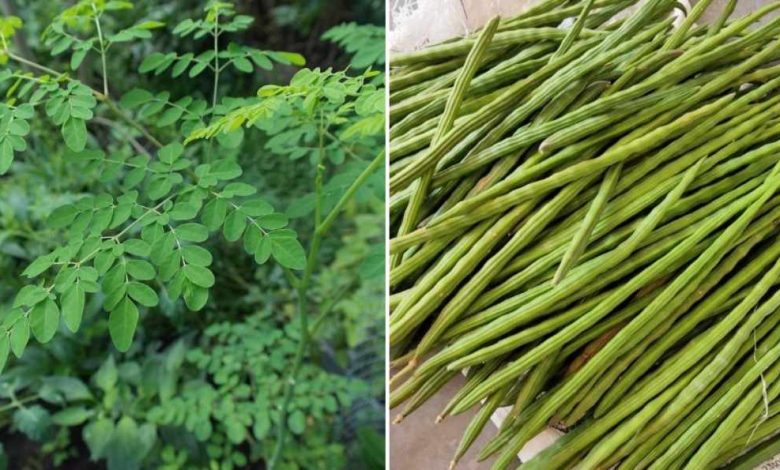
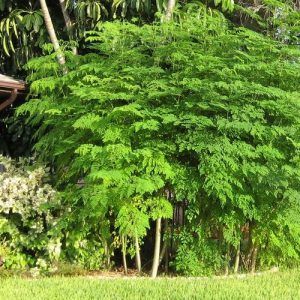 There are many properties and uses that moringa has and that have been discovered in recent times.
There are many properties and uses that moringa has and that have been discovered in recent times.
This has led to its cultivation increasing at a great level, especially for its medicinal value.
That moringa pests and diseases attack is a matter of great concern and the most logical thing is to act in favor of improving the condition of the plant.
The problem is how to do it and for that we have prepared this information that will answer all the doubts that may arise.
aphids
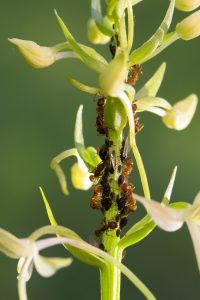 They are pests that attack crops very frequently because they get the food to live (the sap) in them.
They are pests that attack crops very frequently because they get the food to live (the sap) in them.
They can be of various colors depending on the type of aphid in question (green and even black), but they are visible without major inconvenience.
In fact, the vast majority of them can be found forming colonies on the back of leaves.
In general, aphids tend to be easily controllable and do not cause the death of the plant, although they can greatly weaken it.
This causes it to become a focus of interest for other agents, both pests and disease producers. And the younger the moringa plant, the more likely it is to die from these damages because it won’t have the strength to resist.
Early attention to aphids will leave your moringa plant without major problems. You may just have to cut some areas to make it beautiful.
Baths with pressurized water help remove bugs from the structure, as well as washing with potassium soap or neem oil.
fusarium
 This is a disease caused by a fungus and is generally distributed in the soil.
This is a disease caused by a fungus and is generally distributed in the soil.
It manifests itself when the conditions of the plants are not sufficient to cope with it, a situation that is not very common in moringa because it tends to be very resistant.
In any case, the disease known as fusarium is characterized by generating spots with an oily texture on the leaves.
These are coppery yellow, looking in some cases as if it were an oxide that is expanding over the entire surface. The consequences are defoliation, chlorosis and death of the plant if not treated effectively.
Fungicides tend to be useful when the disease is not very advanced because, otherwise, there is very little that can be done.
The best option is to apply preventive measures such as planting in pathogen-free substrates and keeping the base of the plant free of weeds.
leafcutter ant
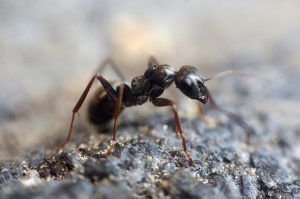 Leafcutter ants can be a serious problem for any type of crop, and moringa is no exception.
Leafcutter ants can be a serious problem for any type of crop, and moringa is no exception.
With the operational capacity that they possess, they cut the foliage creating wounds and producing weakness in the structures.
They are difficult to control when they are already established in a certain space, so it is necessary to act as quickly as possible.
The leaf-cutter ant could have a greater impact on those moringa plants that are young because their shoots are more tender and easier to work with.
In addition, the ants could also appear as a consequence of another type of plague that is already established in the moringa, such as aphids or mealybugs.
Traps can be installed at the base of the tree to prevent access to the crown and thus stop the proliferation of cuttings. At the same time, cleaning the plant of the sticky remains left by these pests will help to detract from them.
There are other strategies with chemical components, such as chalk or glue to attack the ants.
alternate
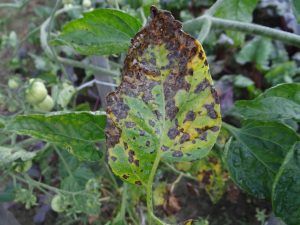 Another moringa disease that responds to the attack of a fungus and is capable of causing severe damage to the structure of the plant.
Another moringa disease that responds to the attack of a fungus and is capable of causing severe damage to the structure of the plant.
In the first instance, the spots typical of alternaria appear on the leaves, being small in diameter and round in shape.
The color tends to be brown, but lighter in the center and darker at the edges. With the passing of days and the lack of attention, the alternaria expands much more, leading to larger spots that cover the entire leaf.
Fungicide treatments can produce positive results, but it will be necessary to follow exactly the instructions given by the manufacturer.
defoliator larvae
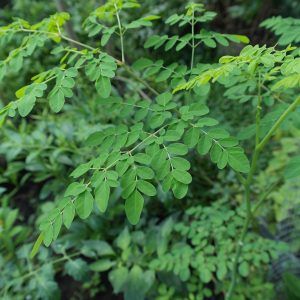 They are one of the most abundant pests that can occupy a moringa plant and they are of different types.
They are one of the most abundant pests that can occupy a moringa plant and they are of different types.
These larvae are recognized because the adults lay their eggs on healthy plants and, upon hatching, the larvae begin to consume plant matter.
As a result, galleries are created in the areas of the plant in which they manifest, whether they are leaves, branches or even the trunk itself.
Each of these damages will cause the plant to lose its leaves, but when the galleries are very numerous and cover the trunk, the plant could die.
The treatment lies in the control of the larvae, rather than in their adult species, as this breaks the growth cycle.
However, many of these larvae may come from winged adults, such as moths, which could cause extensive damage in a large plantation. And since they are likely to maintain a nocturnal life, it is hardly possible to notice them during the day.
In some cases it is possible to install traps that help capture some adults and thus reduce the number of eggs they lay in each phase.
When a moringa tree has been cultivated with the recommendations that specialists define and care is maintained in a timely manner, the moringa has a very low % chance of suffering damage.
In any case, any contrary action may lead to a weakness in the structure, which will result in harmful agents manifesting themselves. And, even so, carrying out an early and timely attention with the cultural products or measures that have offered the best results will help a lot.
Bibliographic references
- Pest insects in associated cultivation of Ricinus communis and Moringa oleifera in central Veracruz, Mexico, OA Valdés-Rodríguez, A Pérez-Vázquez … – Revista mexicana de …, 2015 – scielo.org.mx
- Sowing of the Moringa crop (Moringa oleifera) in the Villacuri pampa, Department of Ica, MA Chepote Cavero – 2018 – repository.lamolina.edu.pe
- A cross-sectional study of Moringa oleifera Lam.(Moringaceae), FJ González Minero – Dominguezia, 2018 – pesquisa.bvsalud.org
- Morphological characterization of eight provenances of Moringa oleifera (Lam.) under nursery conditions, O Toral, J Reino, H Santana, Y Cerezo – Pastos y Forrajes, 2013 – scielo.sld.cu
- Fungal agents associated with disease symptoms in Moringa oleifera seedlings Lamarck, JC Lezcano, O Alonso, M Trujillo, E Martínez – Pastos y Forrajes, 2014 – scielo.sld.cu
- Fungicidal, bactericidal and binding properties of Moringa oleifera seeds Lam, AN Mahamadou Bafoutché – 2014 – dspace.uclv.edu.cu


